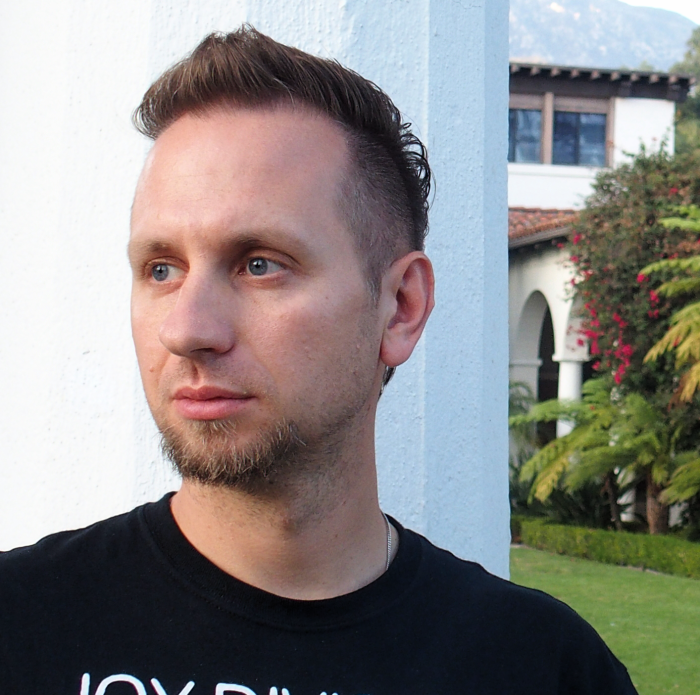The following blog is from Geography grad student Blake Regalia who is a member of the Spatio-Temporal Knowledge Observatory (STKO) which is headed by Professor Krzysztof Janowicz:
“A couple of weeks ago, we were white-listed [given early access] to receive a Project Tango device from Google. This device creates virtual 3D models of its surroundings in real-time. It combines data from several sensors to do things such as area localization and reactive mesh building.
Tailored for the indoor environment, Project Tango promises to aid the problem of indoor navigation and pioneer the way towards interactive augmented reality. STKO envisions leveraging the capabilities of this device to research place-based geographic information processing.
The Tango is engineered to process point cloud measurements and correlate them with every pixel in the images captured by its two rear-facing cameras. What makes this device different from other point cloud sensors are its hardware components and inherent mobility. There are many potential applications of this technology that we are excited to explore as we continue to push the envelope of GIS.”
According to Google, “the goal of Project Tango is to give mobile devices a human-scale understanding of space and motion. Our team has been working with universities, research labs, and industrial partners spanning nine countries around the world to build on the last decade of research in robotics and computer vision, concentrating that technology into a unique mobile device. We are putting early prototypes into the hands of developers that can imagine the possibilities and help bring those ideas into reality.
Project Tango devices contain customized hardware and software designed to track the full 3D motion of the device, while simultaneously creating a map of the environment. These sensors allow the device to make over a quarter million 3D measurements every second, updating its position and orientation in real-time, combining that data into a single 3D model of the space around you. They run Android and include development APIs to provide position, orientation, and depth data to standard Android applications written in Java, C/C++, as well as the Unity Game Engine. These early prototypes, algorithms, and APIs are still in active development.”
Editor’s note: Many thanks to Grant McKenzie for bringing this to our attention. He also points out that the STKO group invites any researchers interested in the Project Tango tool and the technology (especially those in our own Department) to come by the lab, try it out, and get a quick demo.


.jpg)

